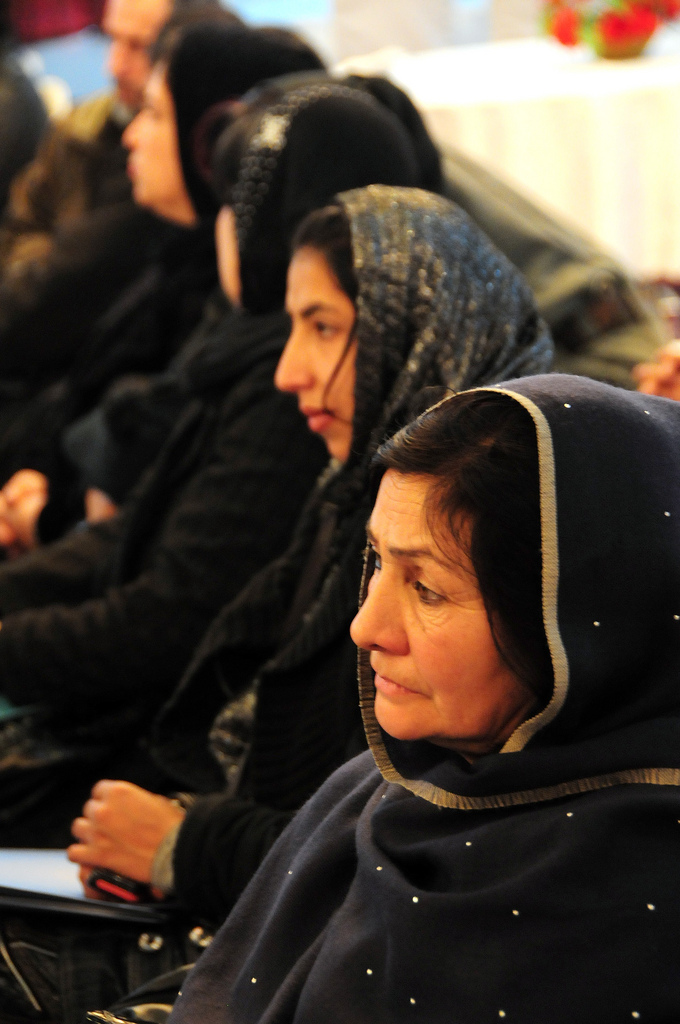07 Oct The 100 Top Women of the World – Faces from Southeast Asia
[caption id="attachment_504" align="alignleft" width="270" caption="Image courtesy of Forbes, https://www.forbes.com/power-women/gallery"][/caption] New year, new list, but the names on the World's 100 Most Powerful Women have not changed much. Angela Merkel remains as the most powerful woman in the world according to Forbes, and most of the ladies who have a place on the list are either from the United States or from Europe. Asian women, particularly those from Southeast Asia, are still a minority force in the powerful women community according to the list. Nevertheless, it could be observed that more new faces are coming up and the following three figures are worth much attention. It is not surprising that the Burmese symbol of democracy, Aung San Suu Kyi, is ranked the highest (#19) among her Southeast Asian counterparts. She has been elected to the Burmese parliament and has become the leader of the biggest opposition party in Myanmar this year, after being14 Aug Why We want to go to Afghanistan
 Education plays a critical role in the reconstruction and national development plan of the post-Taliban Afghanistan, as it is possibly one of the most effective way to solve the many prevalent problems within the country. Before the fall of the Taliban, the formal education system in Afghanistan had been in complete disarray as there were no national authorities that monitor the distribution of educational funds and program implementation. The non-formal sector of education, as operated by organizations such as UNICEF, used to be a good supplement to the underperforming formal sector and once accounted for more than three quarters of schools in Afghanistan. However, the situation changed drastically after the Taliban issued its 1995 edict prohibiting the education of females in the areas under its control, and most humanitarian relief agencies had to suspend their assistance to the education programs throughout Afghanistan. As a result, even though theoretically compulsory education is provided to children aged from 7 to 13, only a mere 22 percent of the country's school-aged children were enrolled in schools by the end of the twentieth century. Girls, among all young persons, were the most affected due to
Education plays a critical role in the reconstruction and national development plan of the post-Taliban Afghanistan, as it is possibly one of the most effective way to solve the many prevalent problems within the country. Before the fall of the Taliban, the formal education system in Afghanistan had been in complete disarray as there were no national authorities that monitor the distribution of educational funds and program implementation. The non-formal sector of education, as operated by organizations such as UNICEF, used to be a good supplement to the underperforming formal sector and once accounted for more than three quarters of schools in Afghanistan. However, the situation changed drastically after the Taliban issued its 1995 edict prohibiting the education of females in the areas under its control, and most humanitarian relief agencies had to suspend their assistance to the education programs throughout Afghanistan. As a result, even though theoretically compulsory education is provided to children aged from 7 to 13, only a mere 22 percent of the country's school-aged children were enrolled in schools by the end of the twentieth century. Girls, among all young persons, were the most affected due to

